With only the letter “X” separating their names, there is no question that the new G85 and the GX85 have many specifications in common. They have the same 16MP Micro Four Thirds sensor (with no AA filter), mechanical shutter with electromagnetic drive (shutter shock free), 4K video and 4K Photo, Depth from Defocus autofocus technology, 5-axis sensor shift and Dual Image Stabilisation system. Indeed, the biggest and most obvious difference is the body design.
The best summary I can think of is the following: the G85 is the successor to the popular G7 in terms of design and packs the same specifications found on the recent GX85. However, with a little bit of nitpicking, it is possible to find ten differences worth sharing. Some of them are pretty straightforward, but still relevant to the shooting experience. So let’s get started and remember – this is just a comparison preview. The full article will be published as soon as we are able to test the new G85!
Update: the full comparison between the G85 and GX85 is now online!
Note about the naming: Panasonic has developed the habit of giving different names to its products according to the region in which they are sold:
- G85 (North America), G80 (Europe), G81 (Germany)
- GX85 (North America), GX80 (Europe), GX7 mark II (Asia)
In this article, I will refer to the North American names to avoid additional confusion (G85 and GX85).
Ethics statement: The information supplied in this article is based on official specifications, press releases and our personal experience with Panasonic cameras. If we get the chance to test the two cameras side-by-side, we will publish a full comparison. We were not asked to write anything about these cameras, nor were we provided any compensation of any kind. Within the article, there are affiliate links. If you decided to buy something after clicking the link, we will receive a small commission. To know more about our ethics, you can visit our full disclosure page. Thank you!
1. Design and ease of use
- G85: 128.4 x 89 x 74.3 mm, 505g (with battery and SD card)
- GX85: 122 x 70.6 x 43.9mm, 426g (with battery and SD card)
The most visible difference is the design. The G85 is a “photocopy” of the G7 and embodies the same SLR-like shape. It has a built-in viewfinder at the centre which is located inside a fake pentaprism, giving the camera some extra height. The larger grip also makes it longer in comparison to the GX85. The latter is 80g lighter.
Concerning buttons and dials, the G85 has a few more options that should improve the usability in comparison to the GX85.
On top of the G85 we can notice the Drive dial in addition to the shooting mode and exposure dials. On the GX85, the Drive options are accessed via a button on the arrow pad or alternatively via a Fn button. The second exposure dial on the G85 also includes a Fn button at the centre.
On the rear, we can appreciate the Focus mode selector on the G85, something that in our opinion should have stayed on the GX85 too (the GX7, its predecessor, has it).
The G85 has 6 physical function buttons and 5 virtual buttons that you can access by touching the right side of the LCD screen. The GX85 has 4 physical function buttons and 5 virtual Fn buttons.
As a final note, the GX85 also comes in three different colours: black, black/silver or brown/silver. The G85 is only available in black.
2. Weather sealing
The G85 has a robust magnesium alloy body and is protected against dust and moisture.
Probably to keep the cost down, the GX85 is mostly made of plastic (although it does have metal dials) and lacks weather sealing.
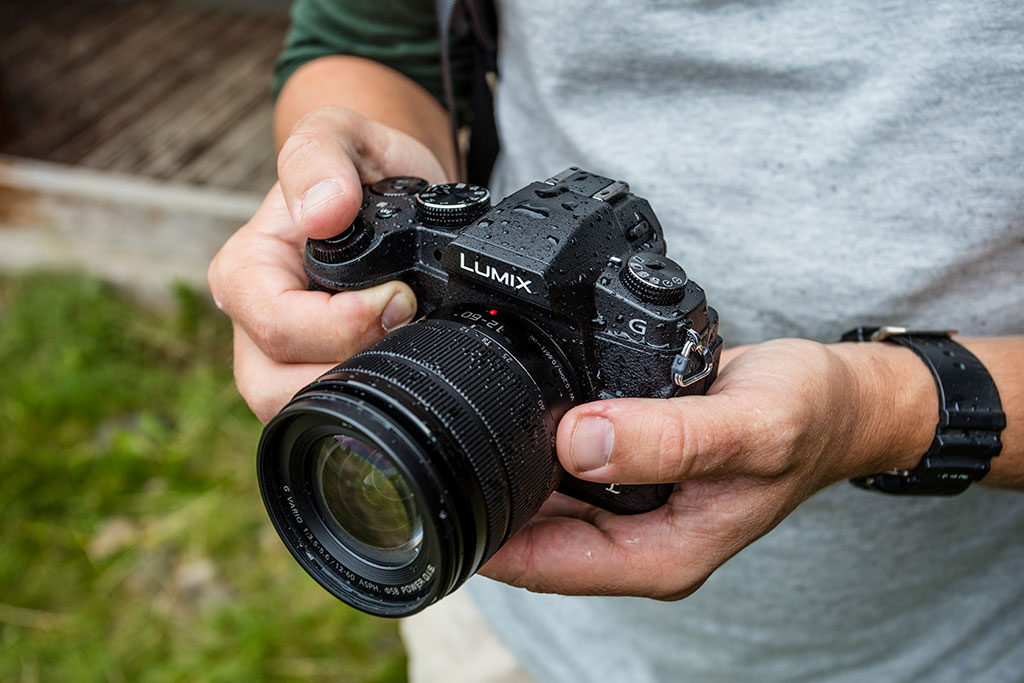
3. LCD monitor and viewfinder
Both LCD monitors on the rear are 3-inches large, touch sensitive, and have 1.04 million dots of resolution.
The one of the G85 is a free-angle type: it can be rotated 180° and flipped to the side, a solution that should interest video makers. On the GX85, the screen can be tilted up (90°) or down (45°).
The G85’s electronic viewfinder has 100% field coverage, 0.74x magnification, a 20mm eyepoint and a 4:3 aspect ratio. The most important advantage, however, is the technology it houses: it uses an OLED panel that provides more contrast and a native resolution of 2.36 million dots.
The GX85 viewfinder has 0.70x magnification and the same 17.5mm eyepoint but is based on a different technology called field sequential. The declared resolution is higher (2.76 million dots) but it is not native: it’s a combination of the red, green and blue dots that are displayed very rapidly one after the other. Concretely speaking, the perception of high resolution is there but there are also unwanted downsides such as a rainbow effect when panning very quickly or shooting in backlit situations.
One complaint about the GX85 was the 16.9 aspect ratio. It is useful when shooting video but more annoying for stills. With the native 4:3 format, the left and right areas of the EVF screen are blacked out.
4. Dual IS
Both cameras feature 5-axis sensor stabilisation that is effective for stills and video. The G85 becomes the second Panasonic camera to include this technology after the GX85. They are also compatible with Dual IS: the cameras uses the internal sensor shift with the optical stabilisation of select Lumix lenses. It increases the stops of compensation and allows you to use very slow shutter speeds (1/2 – 2 seconds) and get sharp results or to record hand-held video footage.

The G85 has an updated version of Dual IS (called Dual IS 2, what a surprise!) that should to provide 1 stop of improvement in comparison to the Dual IS found on the GX85. Note that in order for Dual IS 2 to be compatible, a lens firmware will be required.
Both cameras have electronic stabilisation that works in conjunction with the hardware stabilisation when recording video.
5. Continuous shooting speed and buffer
The G85 can shoot up to 9fps in Single AF, which is slightly faster than the maximum speed of 8fps found on the GX85.
In Continuous AF, both cameras can shoot a maximum of 6fps. They also have a 40fps speed available with the electronic shutter in JPG format at 3MP of resolution.
As for the buffer, the official specifications state that the G85 can take 45 RAW images and more than 300 JPGs. The GX85, on the other hand, can do 13 RAW images and 100 JPGs.
6. Built-in flash and wireless trigger
One downside we found with the GX85 is that the built-in flash can’t control external compatible flash units wirelessly, unlike its predecessor the GX7. So if you want to control a Nissin i40, an Olympus FL-600r or a Panasonic flash off camera, you need to buy the optional DML-200 and stick it onto the camera’s hot-shoe.
Thankfully, the G85 can remotely control another compatible flash with its built-in flash. We were able to check this personally at the Panasonic booth at Photokina thanks to a kind member of the ambassador team.
7. Cine-like profiles
The G85 is more video orientated in terms of its design and LCD screen. You will find more options specifically designed for video recording. For example, the Cine-Like V and Cine-like D profiles are included and give you a little more dynamic range and subtle colours. (Note that they are not a LOG profile.) Sadly the GX85 lacks these Cine-like profiles.
8. Mic input
One thing many people miss from the GX85 is a microphone input. The G85 doesn’t disappoint and like its predecessor the G7, it has one (3.5mm).
9. Battery life and battery grip option
The G85 has an official battery life of 330 shots. Panasonic also announced the DMW-BGG1 Battery Grip that can house two batteries to prolong the total battery life of the camera when shooting video or bursts. You will also find the exposure control dials, a shutter release, AF/AE lock buttons and an exposure compensation dial.
The GX85 has a slightly lower battery life of 290 shots and doesn’t have any battery grip option, native or third party.
10. Price
The G85 can be found at $900 for the body or $1000 with the 12-60mm kit lens.
The GX85 is less expensive at $700 for the body and $800 with the 12-32mm kit lens.
Conclusion
The new G85 feels like a natural and obvious upgrade: it maintains the form factor and competitive price of its predecessor (G7) while implementing all the latest specifications introduced by Panasonic on the GX85 – the 5-axis stabilisation and Dual IS being the most important. It is filmmaker-friendly thanks to its Cine-Like profiles, mic input and free-angle LCD screen. The battery grip is also a welcome addition as it increases the battery life.
The GX85 is more compact and easier to carry around with small pancake lenses. If you are not interested in shooting video or using larger telephoto zoom lenses, it should prove an excellent companion.
Check price of the Lumix G85 / G80 on
Amazon | Amazon UK | B&H Photo | eBay
Check price of the Lumix GX85 / GX80 on
Amazon | Amazon UK | eBay | B&H Photo

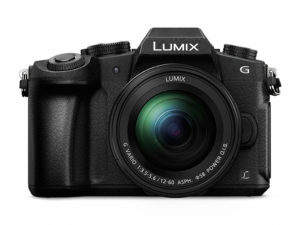

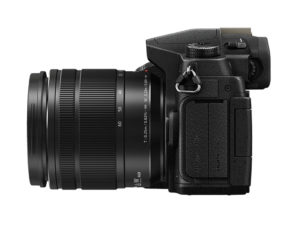
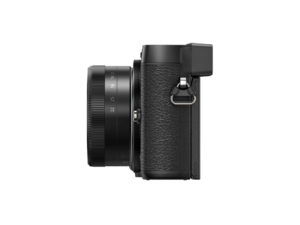
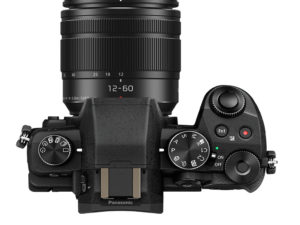
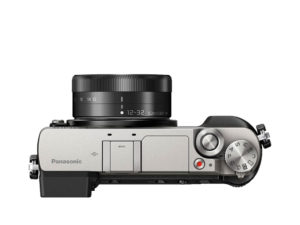
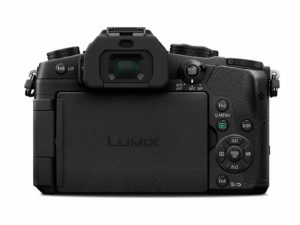
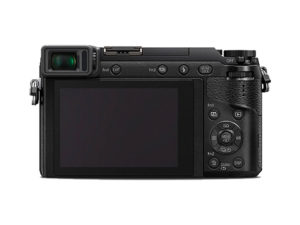
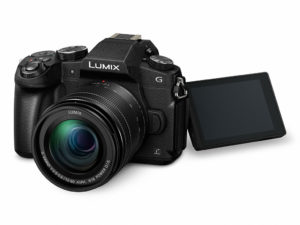
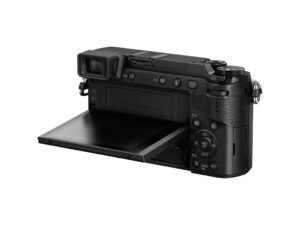
Vote for full review comparison for these two.
Yes please, we would like to see the difference of G85 and GX85! Is the image processor the same? Does it worth to go for the more bulky G85 over the more portable GX85?
Of course, it depends on what you are looking for, but we will have a better understanding if we see a full review comparison!
We’re working on it as we speak!
That’s great news!
The full comparison is now online: https://mirrorlesscomparison.com/panasonic-vs-panasonic/lumix-g85-vs-gx85-g80-vs-gx80/